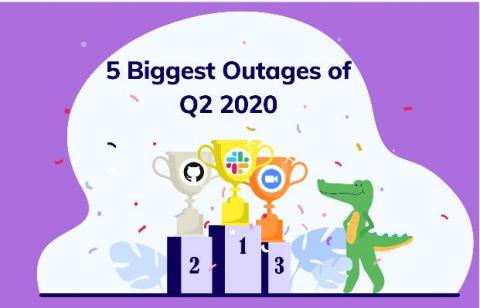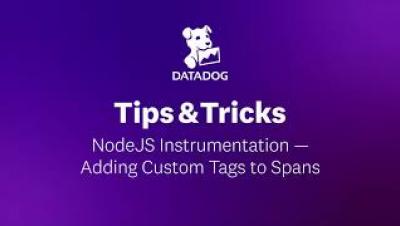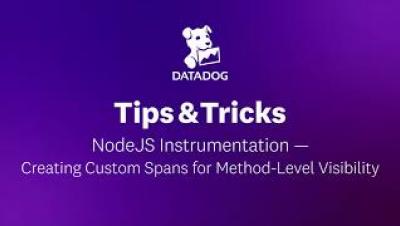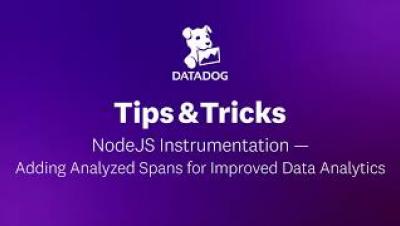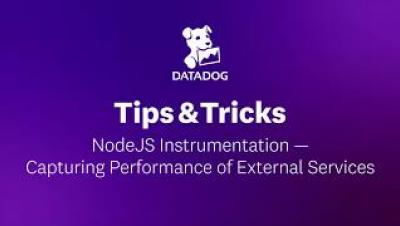7-Step Cloud Transformation Roadmap
Before we can talk about the nuts and bolts of cloud transformation, it’s important to make the distinction from digital transformation. The two are often conflated, and while they are related, they are not the same—the cloud is the enabler of digital transformation. If you’re starting from scratch, cloud-native is the way to go.




